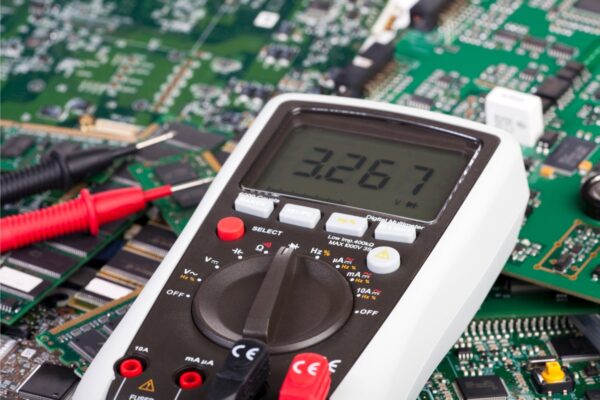What is Digital Circuit
A digital circuit, also known as a digital logic circuit, is an electrical circuit that operates on binary data using binary logic. It is a fundamental component of modern computing and is found in various devices such as computers, calculators, mobile phones, and appliances. Digital circuits process binary data, which consists of two discrete values represented by the numbers 1 and 0. These circuits utilize logic gates to manipulate and process the binary data, producing binary outputs based on the input signals.
The core building blocks of a digital circuit are logic gates, which are electronic components that perform Boolean operations on binary inputs. These logic gates, such as AND, OR, and NOT gates, take binary signals as input and produce binary outputs based on predefined logical rules. The on/off states of transistors within the circuit act as electronic switches, with the ‘on’ state representing a binary 1 and the ‘off’ state representing a binary 0.
Digital circuits help store and process data in computers and other digital devices. They enable the representation of numbers, text, and other forms of information using binary digits, or bits. By combining these bits, complex calculations and operations can be performed. Digital circuits are responsible for executing instructions, performing arithmetic and logical operations, and storing and retrieving data within a computer system.





